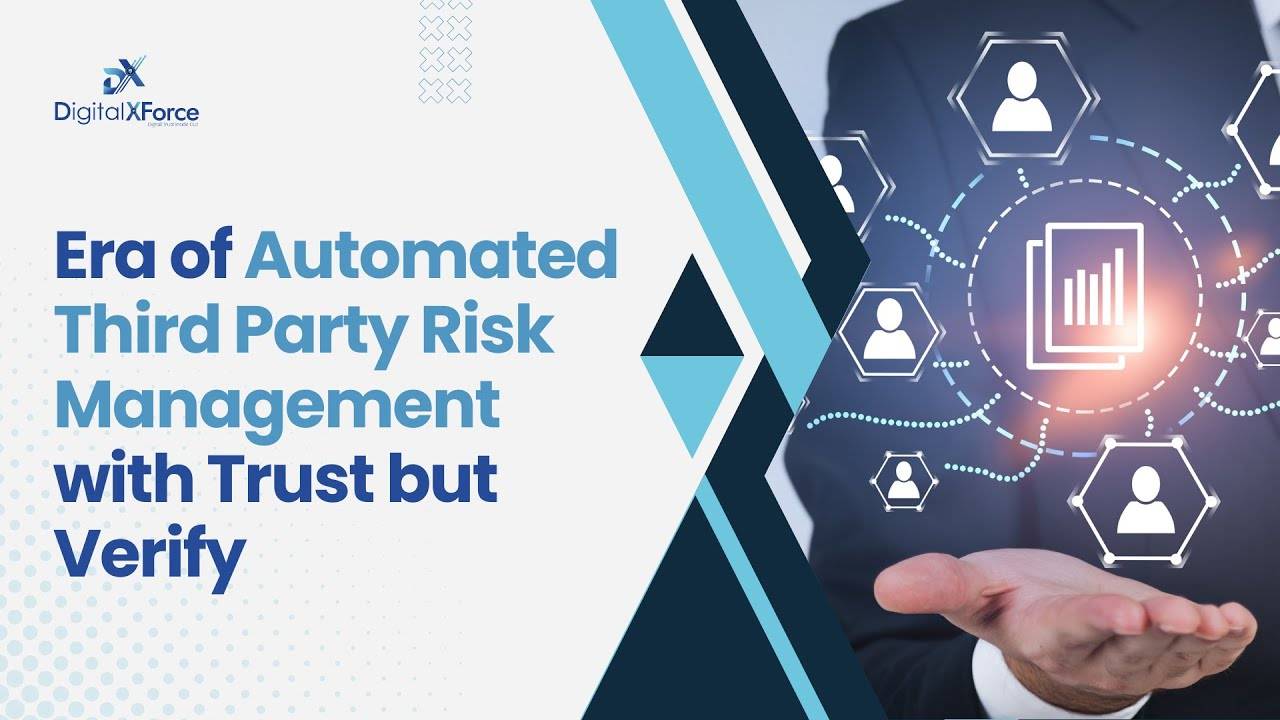Lalit Ahluwalia is committed to redefining the future of cybersecurity by helping large and small-scale businesses prioritize digital trust. With QR codes becoming increasingly popular in this digital age, the quest for cybercriminals to exploit vulnerabilities has increased too. Here, Lalit exposes ‘quishing’ – an old QR code trick that has metamorphosed into a new threat in cybersecurity today.
QR codes have become an integral part of our lives in today’s digital age where convenience meets connectivity. You encounter them everywhere – on product packaging, restaurant menus, event flyers, and even within your business. They simplify access to information and services.
But this very convenience has sparked a new threat – ‘Quishing,’ or QR code-powered phishing. ‘Quishing’ – that sounds different and strange, right? In this article, we will explore the rise of ‘Quishing’ and prepare you to watch out for and protect yourself from this growing QR code menace.
Understanding ‘Quishing’: A Modern Twist on an Old Threat
‘Quishing’ is a portmanteau of QR codes and phishing. It involves cybercriminals disguising malicious QR codes to lead you to deceptive websites, harvest your personal information, and potentially compromise your security. It’s an evolved form of traditional phishing, where bait is lured via QR codes, exploiting your trust in this technology.
Why You Should be Concerned About ‘Quishing’
The rise of ‘Quishing’ is not just a matter of inconvenience; it can have severe repercussions:
Data Breach: If you fall victim to a ‘Quishing’ attack, your personal information and login credentials may be exposed, leading to identity theft and unauthorized access to your accounts.
Financial Loss: Cybercriminals often target financial information. ‘Quishing’ can result in financial losses as hackers gain access to your accounts or trick you into making fraudulent payments.
Reputation Damage: Phishing attacks can tarnish your reputation. You might unknowingly spread malware or fall victim to scams, damaging your online credibility.
Legal Consequences: Engaging in or unintentionally facilitating illegal activities through ‘Quishing’ can result in legal troubles and potential fines.
Identifying ‘Quishing’ Threats
To protect yourself from ‘Quishing,’ it’s vital to identify potential threats. Let’s take a look at some of them.
Unknown QR Codes: Be cautious when scanning QR codes from unknown sources or in suspicious locations. Ensure the code is associated with a legitimate source, such as an established brand or venue.
Spelling and Grammar: Pay attention to the text linked with the QR code. Typos, grammatical errors, or strange language are red flags.
Too Good to Be True: If an offer or incentive presented through a QR code seems too good to be true, it probably is. Scammers use attractive deals to lure their victims.
Requests for Personal Information: Legitimate QR codes rarely ask for your personal information. Be cautious if prompted to provide data like social security numbers, passwords, or credit card information.
Shortened URLs: Some ‘Quishing’ campaigns use URL shorteners to hide malicious links. Be wary of codes leading to shortened URLs, as they can be concealing the actual destination.
Protecting Yourself from ‘Quishing’ Threats
Now that you recognize the dangers, let’s explore how you can protect yourself from ‘Quishing’.
App Authentication: Utilize trusted QR code scanner apps that offer built-in security features. These apps often analyze QR codes and alert you to potential threats.
Verify the Source: Confirm the source of the QR code. For instance, at a restaurant, scan the code provided on the official menu or signage rather than an unauthorized poster.
Avoid Download Prompts: Be cautious when a scanned QR code prompts you to download an app. Stick to well-known app stores and avoid downloading from unknown sources.
Keep Software Updated: Regularly update your device’s operating system and QR code scanner app to ensure you have the latest security patches.
Multi-Factor Authentication (MFA): Enable MFA on accounts containing sensitive information. This adds an extra layer of protection in case your login credentials are compromised.
Stay Informed: Keep yourself informed about the latest ‘Quishing’ trends and security practices. Knowledge is your most potent defense.
Reporting Suspicious QR Codes: If you come across a QR code that you suspect may be part of a ‘Quishing’ attempt, report it to the relevant authorities, such as local law enforcement or cybersecurity organizations. Your vigilance could help prevent others from falling victim to the same threat.
Educate Others: Don’t keep your knowledge to yourself. Share the information you’ve gathered about ‘Quishing’ with friends, family, and colleagues. The more people are aware of this threat, the safer the digital world becomes for everyone.
Final Words
In a world where convenience is at your fingertips, it’s crucial to remain vigilant against emerging threats like ‘Quishing.’ Your digital safety and personal information are at stake, making it imperative to stay informed and take necessary precautions.
By recognizing ‘Quishing’ threats, verifying the sources of QR codes, and adopting best practices for protection, you can navigate the digital realm with confidence. You’ll be better equipped to safeguard your data, finances, and reputation from the clutches of cybercriminals. Stay informed, stay vigilant, and keep your digital world secure.

 Lalit Ahluwalia is committed to redefining the future of cybersecurity by helping large and small-scale businesses prioritize digital trust. With QR codes becoming increasingly popular in this digital age, the quest for cybercriminals to exploit vulnerabilities has increased too. Here, Lalit exposes ‘quishing’ – an old QR code trick that has metamorphosed into a new threat in cybersecurity today.
Lalit Ahluwalia is committed to redefining the future of cybersecurity by helping large and small-scale businesses prioritize digital trust. With QR codes becoming increasingly popular in this digital age, the quest for cybercriminals to exploit vulnerabilities has increased too. Here, Lalit exposes ‘quishing’ – an old QR code trick that has metamorphosed into a new threat in cybersecurity today. 

